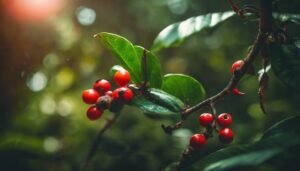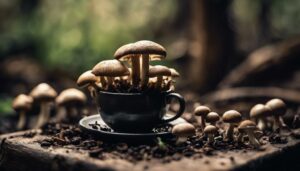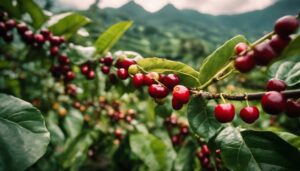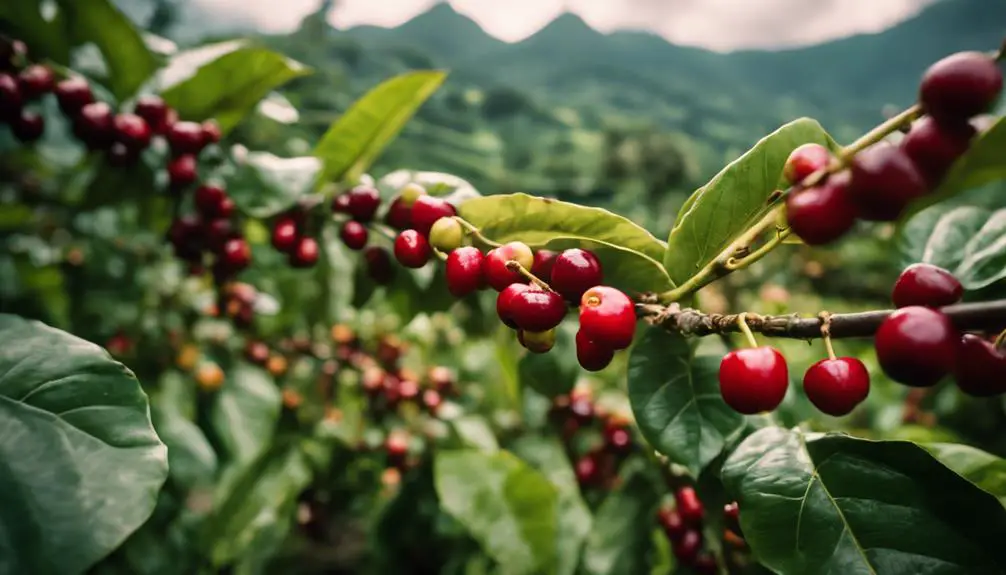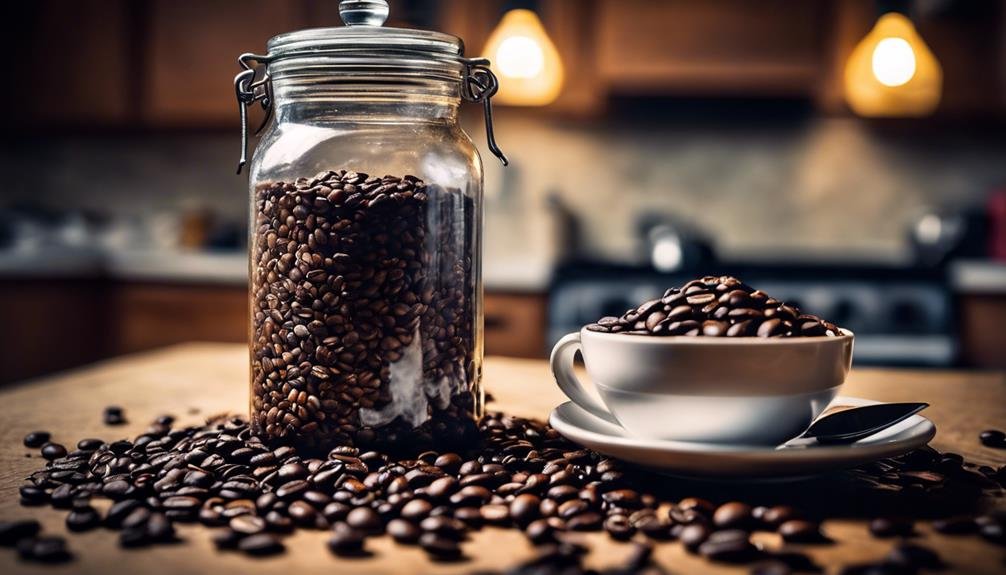If you’re a coffee lover, then you’ve probably heard of pour-over coffee. But what exactly is it? Well, its a type of brewed coffee that’s made by pouring hot water over coffee grounds that are placed in a filter. This method of brewing coffee results in a cup of joe that’s full of flavor and has a beautiful, rich aroma.
Here’s why you should give pour-over coffee a try!
The taste of pour-over coffee is unrivaled. Because the water is poured slowly and evenly over the grounds, all of the flavor is extracted from the beans. This results in a cup of coffee that has unparalleled flavor and aroma. In fact, many coffee aficionados believe that pour-over coffee tastes better than any other type of brewed coffee.
Finally, making pour-over coffee is an incredibly relaxing experience. The process of slowly pouring hot water over the grounds is therapeutic, and it’s the perfect way to start your day or take a break from your busy life. Brewing your own cup of pour-over coffee is an experience that you’ll definitely enjoy!
That’s probably why it is becoming increasingly popular among coffee lovers who appreciate the care and attention that goes into making a perfect cup. Here’s everything you need to know about pour-over coffee, from the basics of brewing to the different types of equipment you can use.
How to Make Pour-Over Coffee
As I said in the introduction, pour-over coffee is brewed by pouring hot water onto coffee grounds that are placed in a filter. The water then seeps through the filter and drips into the carafe or mug below. Depending on the grind size of the coffee, it will take between 2 and 4 minutes for all of the water to drip through.
When making pour-over coffee, it’s important to start with fresh, cold water. The ideal water temperature for brewing pour-over coffee is between 195 and 205 degrees Fahrenheit. If your water is too hot, it will scald the coffee grounds, resulting in a cup of coffee that tastes burnt. If your water is not hot enough, the coffee will be under-extracted, leading to a weak and flavorless cup.
It’s also important to use the proper ratio of coffee to water when brewing. A general rule of thumb is to use about 17 grams (or about 2 tablespoons) of ground coffee for every 8 ounces of water. This can be adjusted based on your personal preference for strength; using more coffee will result in a stronger cup while using less will make a weaker one.
Different Types of Pour Over Equipment
There are several different types of equipment that can be used for pour-over brewing, from simple setups to more sophisticated ones. The most basic type of equipment you need for pour-over brewing is a filter holder and a filter.
Filter holders come in all shapes and sizes, but they all serve the same purpose: holding the filter while brewed coffee drips through it into an awaiting mug or carafe. There are many different types of filters available on the market, but most pour-over brewers use either disposable paper filters or reusable metal ones.
Other common pieces of equipment include gooseneck kettles, which allow for greater control when pouring hot water; cone-shaped filters, which produce cups with more body; and automatic pour-over machines, which streamline the entire brewing process by regulating grind size, brew time, and more.
Whether you’re just getting started with pour-over brewing or you’re looking to upgrade your current setup, there’s plenty to learn about this popular method of making coffee. With its predictable results and vibrant flavor profile, it’s no wonder that pour-over has become such a favorite among java drinkers everywhere!
So what are you waiting for? Give pour over coffee a try today!

